Poinsettia: Flower of the Christmas Season

The Flower of Christmas
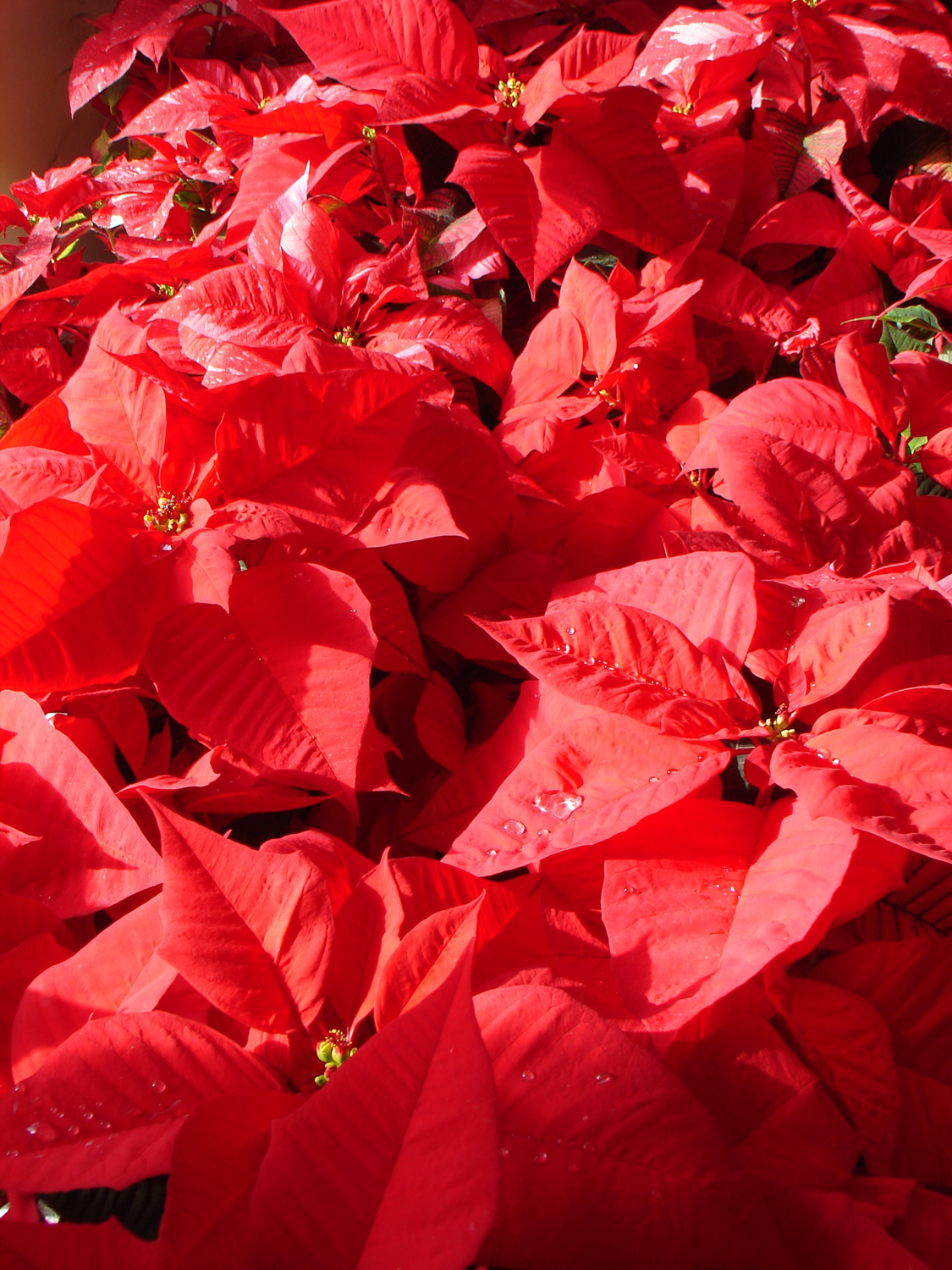
The poinsettia (Euphorbia pulcherrima) is known all across the world as the flower of Christmas. It is native to the countries of Mexico and Guatemala. Poinsettias are members of the Euphorbiaceae Family and like many plants of this family the poinsettia oozes a milky, latex sap. Over 7,500 different plants make up this very large plant family from the low-growing garden weeds known as spurges to the Candelabra Tree (Euphorbia ingens), a giant, cactus-like succulent of South Africa.
Most Beautiful
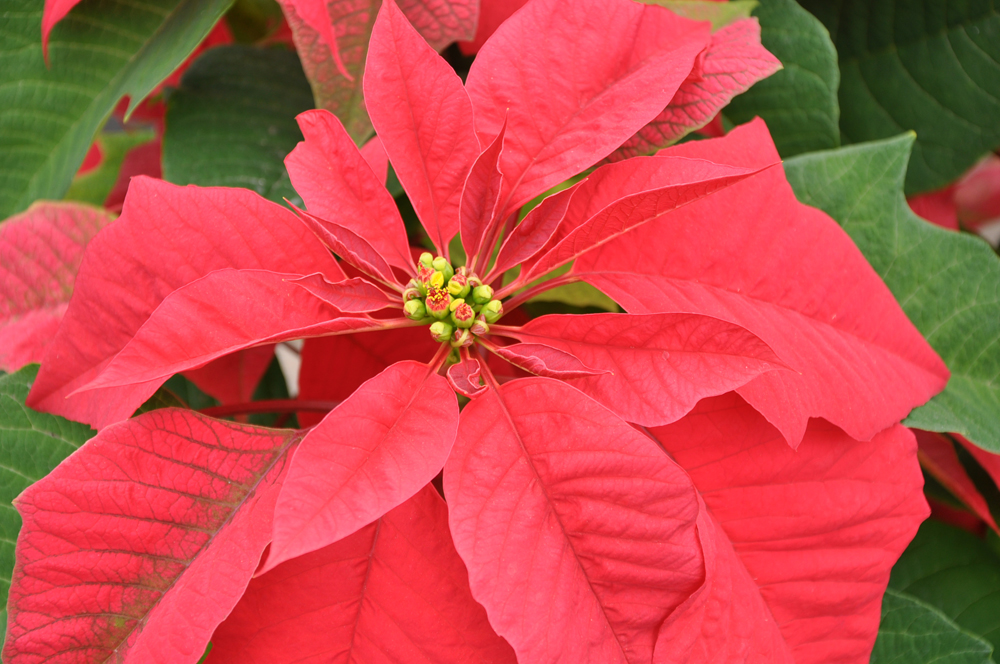
The botanical name, Euphorbia pulcherrima, was given to the plant by renowned German botanist Karl Ludwig Willdenow (Aug. 11, 1765 July 10, 1812) when the plant grew through a crack in his amazing 20,000-plant Berlin herbarium. He was so impressed with the deep, brilliant color that he gave it its Latin name because it translates to "most beautiful euphorbia."
Honorable Name
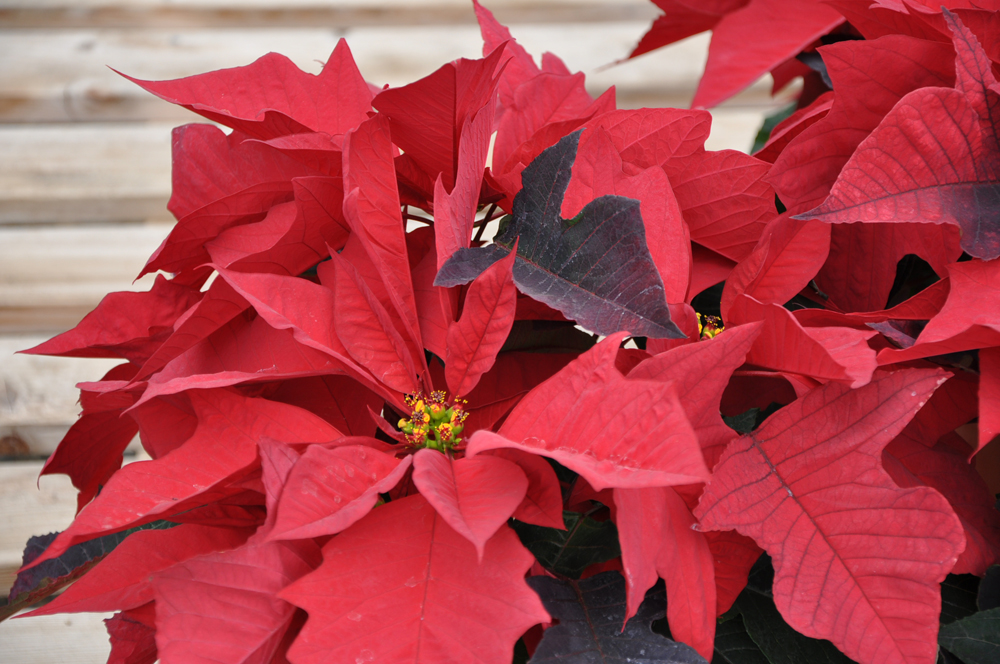
It was 1825 when Dr. Joel Robert Poinsett of South Carolina was appointed the first United States Ambassador to the newly independent nation of Mexico. He saw a most beautiful plant growing as a colorful wild weed in the countryside and mountains surrounding Mexico City. When his ambassadorial duties were completed in 1829, he brought cuttings of the plant back to his Charleston, S.C., greenhouses and began to propagate them. By 1836 the plant had become widely popular throughout the South and was then given a common name, poinsettia, in Dr. Poinsett's honor. [Ten Most Common Poisonous Plants]
Flor de Nochebuena
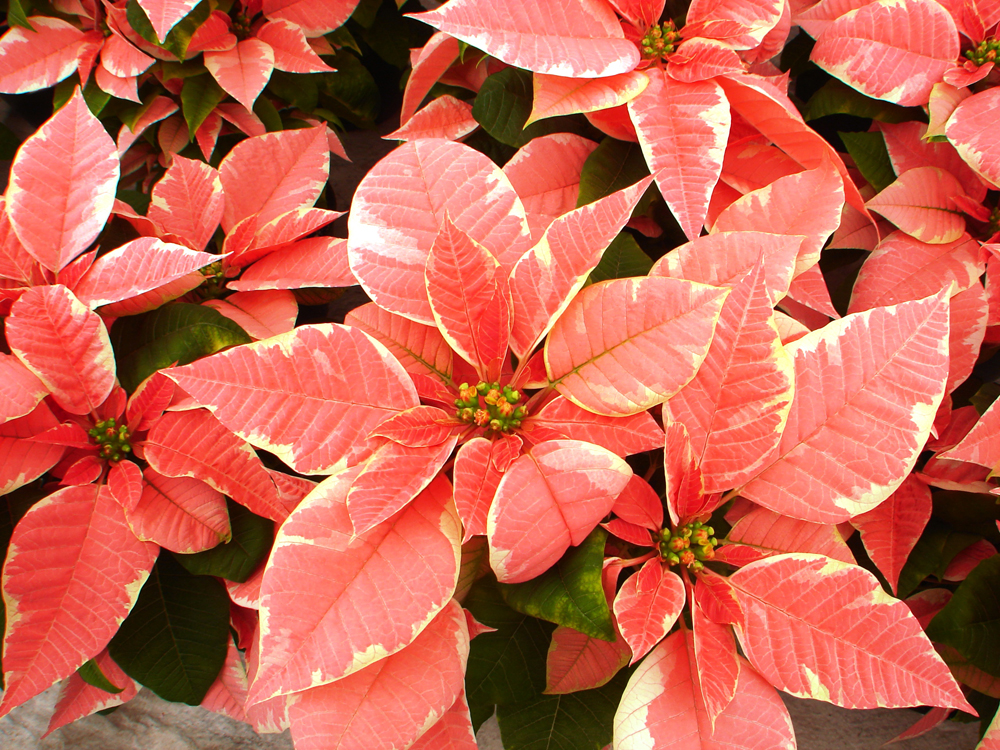
The Mexica People (more commonly known as the Aztecs), who rose to empire in the Valley of Mexico in 1430 had these flowers brought to their emperor in their capital city of Tenochtitlan. They gave the flower the Nahuatl language name of "Cuetlaxochitl," which means "mortal flower that perishes and withers like all that is pure." In Chile and Peru today the poinsettia is known as the "Crown of the Andes." It has been called the "painted leaf," "lobster plant" and "Mexican fire plant." The people of Turkey call it the Ataturk. In Mexico today it is known as "Flor de nochebuena," or the "Christmas Eve Flower." Red is the original and most common color, but today there are over 100 color variations of the beautiful poinsettia.
Tiny Truth
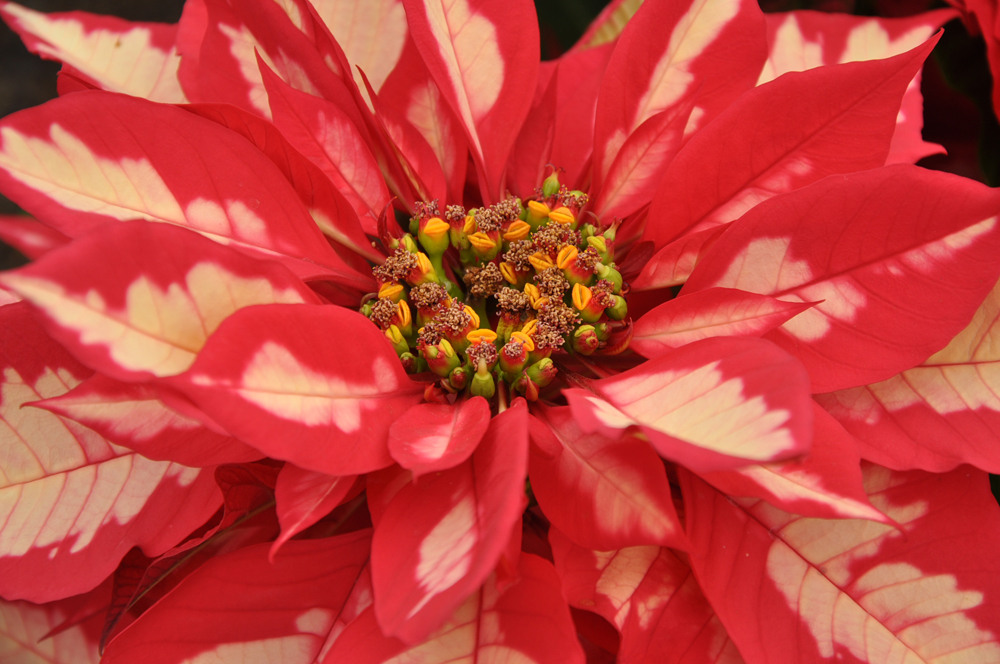
The actual flowers of the poinsettia are quite tiny. What most people see and call the flower are actually colorful modified leaves known as bracts. The bracts surround a cluster of greenish, cup-shaped structures called cyathia. Each cyathium is actually a flower cluster. The male flower is located in the cluster with a single red stamen. The female flowers are found also within the central cluster as a single ovary on a stalk hidden within each cyathium.
Beautiful Trouble
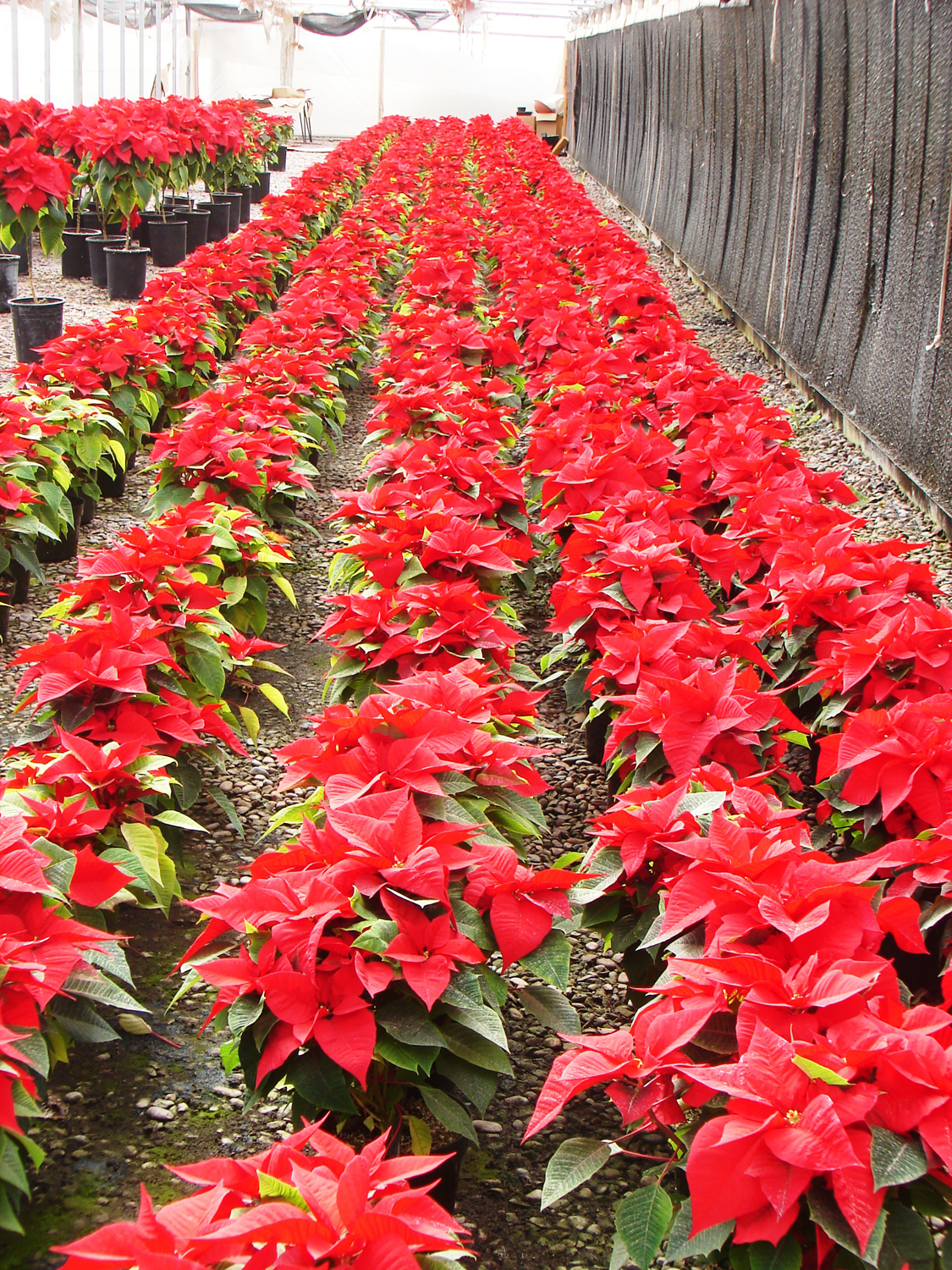
In their natural wild setting, poinsettias are perennial flowering shrubs that can grow 10 to 15 feet (3 to 4.6 meters) tall, becoming troublesome weeds. Nighttime temperatures between 60 to 75 degrees Fahrenheit (15 to 24 degrees Celsius) and at least 12 hours of darkness are required to begin the blooming cycle. The colorful bracts begin their annual show from late October January. In the early 1920s Albert Ecke and his son, Paul, began to grow poinsettias on their ranch near Encinitas, California. Soon the Ecke Ranch was providing over 80% of the poinsettia cuttings used in the United States and nearly 50% used around the world.
Point of Origin
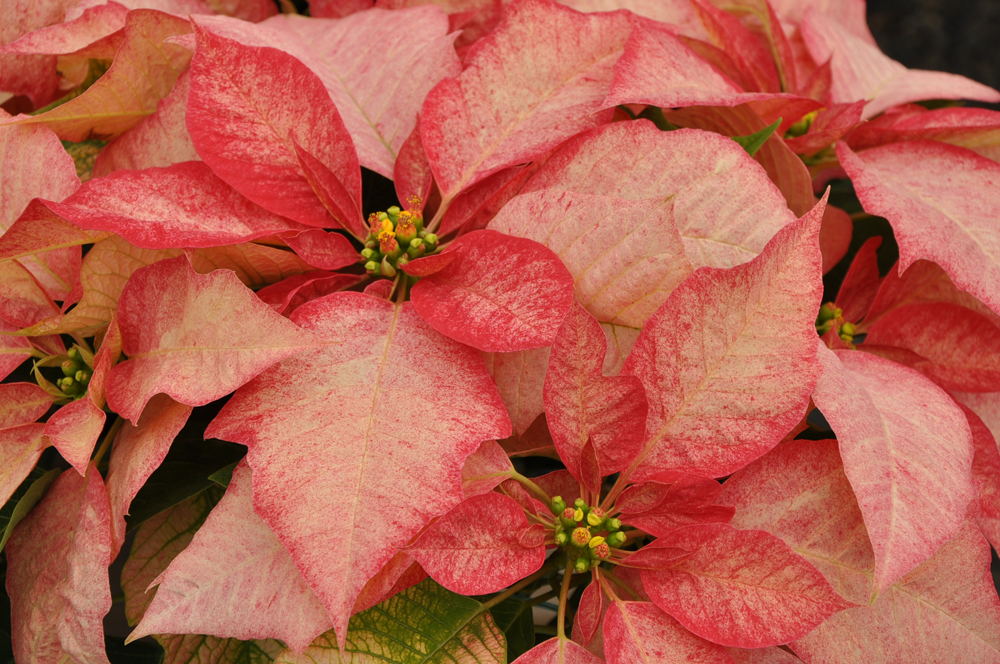
Ninety percent of all poinsettias are exported around the world from the United States. They represent 85 percent of all potted plants that are sold worldwide during this holiday season, with a commercial value of over $220 million. Dec. 12 is celebrated in the United States as National Poinsettia Day.
Get the world’s most fascinating discoveries delivered straight to your inbox.
Sensitive Flower
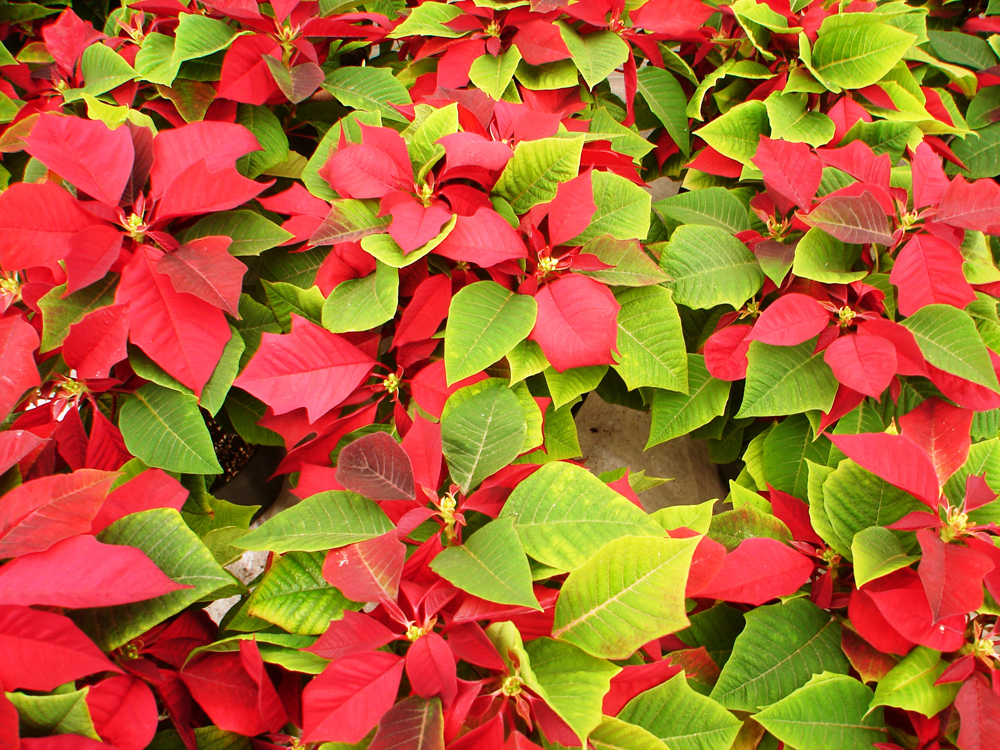
The naturally growing poinsettias of Mexico are very sensitive to temperature and moisture. Frost is a deadly enemy and too much or too little water can stunt or even kill both blooming and growth. Branches and bracts are easily broken from the larger stems, making the handling of the indigenous poinsettias both challenging and difficult.
Freedom Red Poinsettia
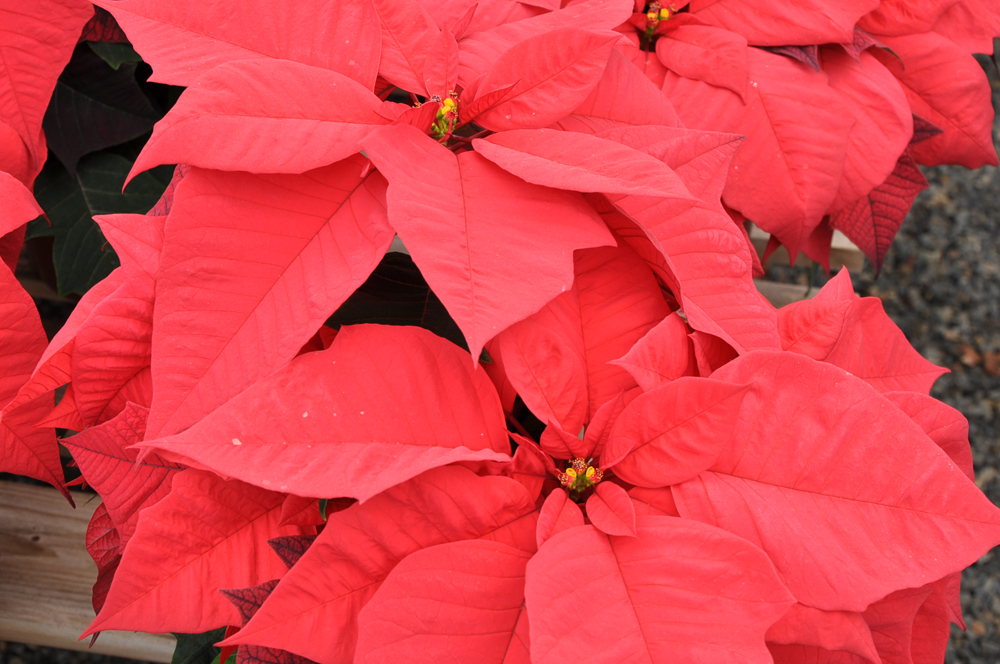
Modern cultivating and propagating practices, many of which were developed at the Ecke Ranch, have produced much hardier varieties of poinsettias that are less likely to be damaged during handling. These same practices have also resulted in a wider variety of poinsettia colors. In 1991, the Ecke family introduced the Freedom Red Poinsettia Family (shown above), the first poinsettia with a family of 12 colors. Freedom Red became the leading poinsettia cultivar, setting the industry standard with its dark green leaves and extremely large, deep red bracts.
Ice Punch Poinsettia
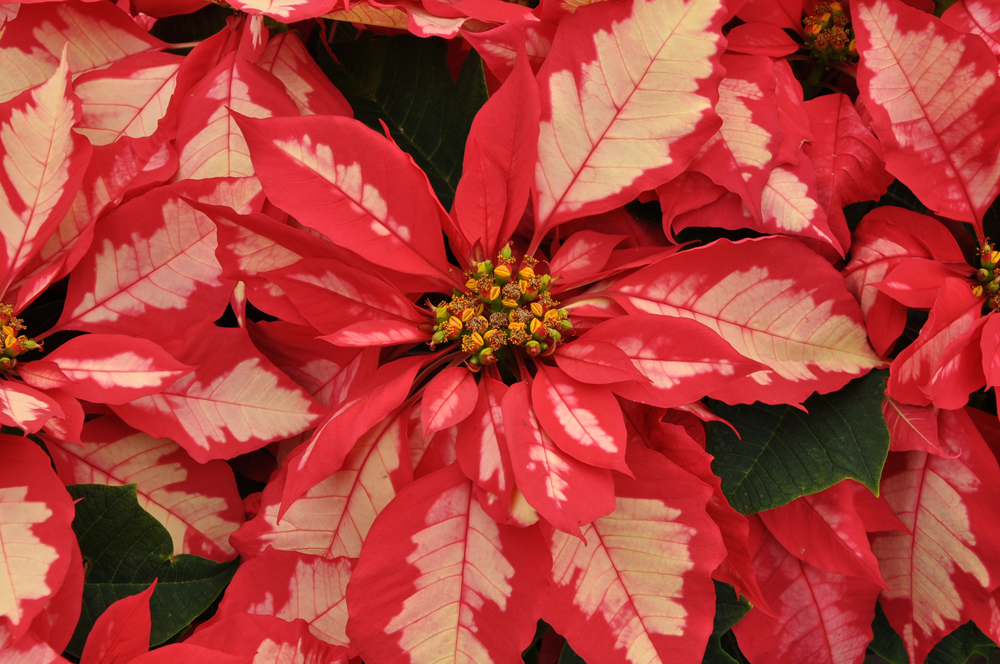
In 2006, Ecke Ranch first released a new poinsettia to selected Home Depot Stores called Ice Punch (shown above). The breathtakingly beautiful poinsettia showed a whole new color pattern and provided a long lasting bloom throughout the holiday season.
Monet Poinsettia
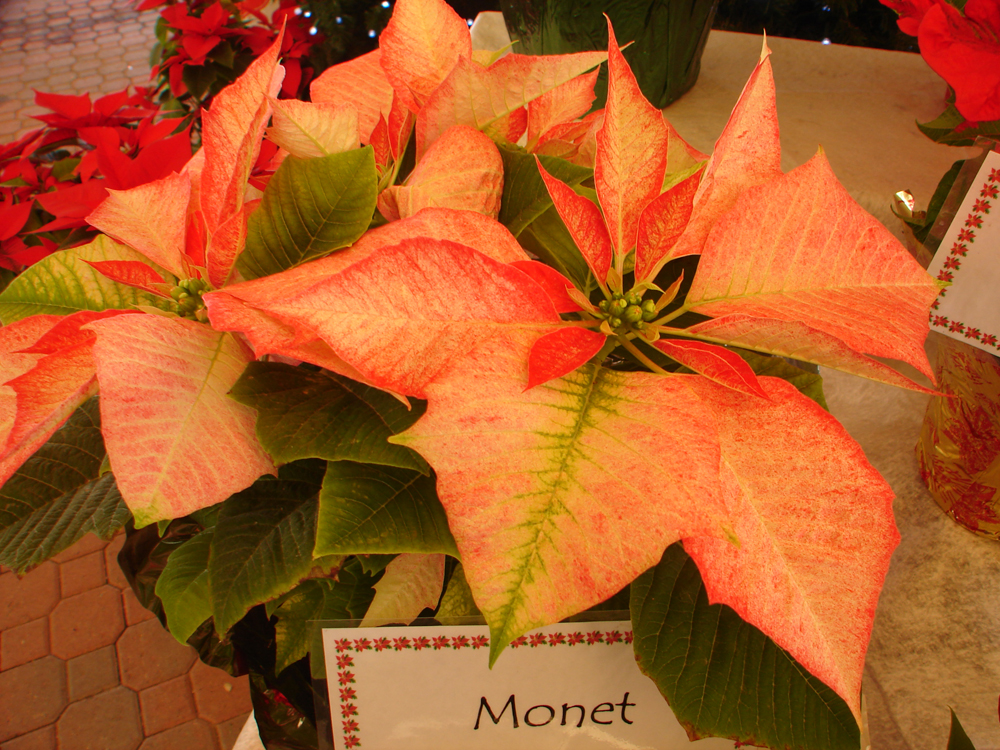
Some poinsettias have been named for famous people such as the artist Monet (shown above). This poinsettia is known for its eye-catching, strong colors and for being easy to grow into many sizes and forms including trees. It is also well-suited to survive in many climates. Monet was first released in 1993 and its beautiful colors darken as the plant ages.


